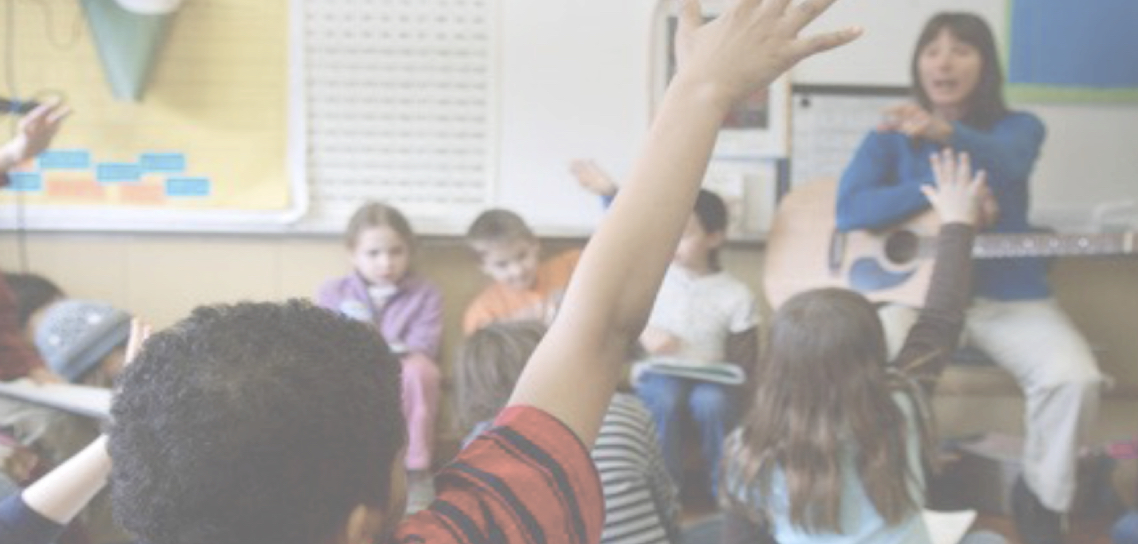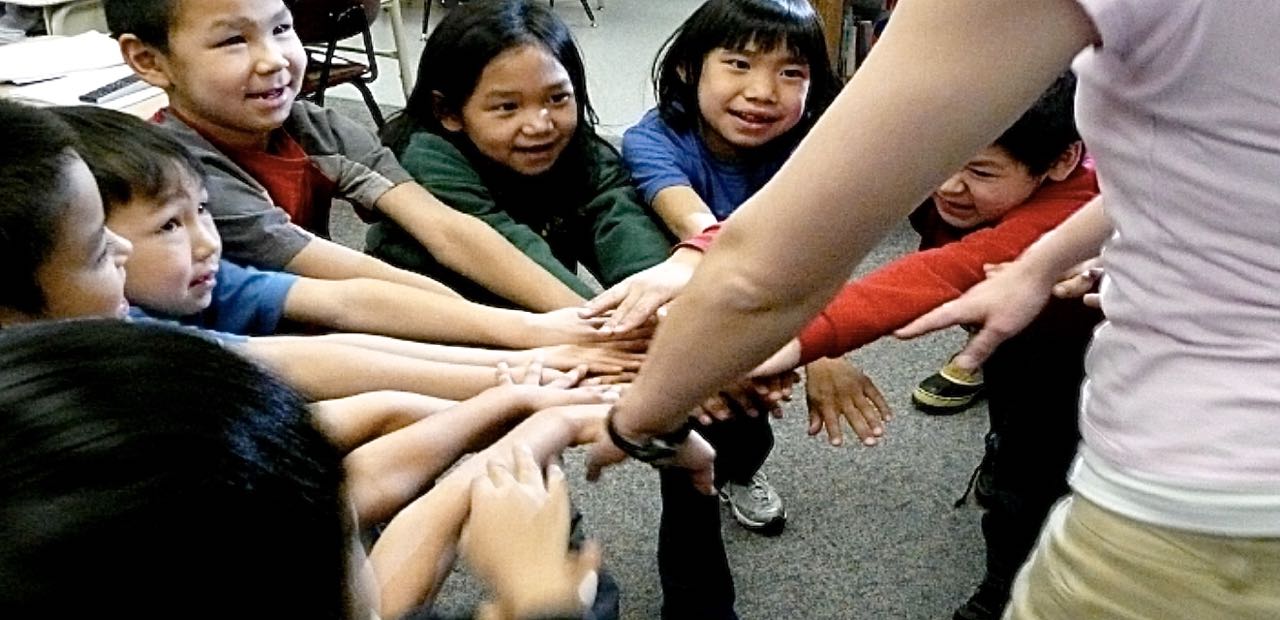Understanding School Climate
School climate is the experience you have when you are in a school – that feeling you have – safe or unsafe, connected or isolated, the way you know if the school is welcoming for you and your family. How students, staff and families feel about their school’s climate and how connected they are to adults and peers impacts students’ motivation to learn and the ability of school staff to create positive conditions needed for learning.
A positive school climate starts with relationships, partnerships, and conditions for learning that extend beyond the school’s walls. Whether in person or virtual, cultivating a welcoming and supportive environment has a direct impact on students’ academic, social, behavioral, and physical well-being.

Why School Climate Matters
The way students, staff, and families perceive their school’s climate affects students’ motivation to learn and the ability of educators to create effective learning environments. Research highlights that positive school climate is linked to:
- Higher academic achievement and graduation rates.
- Improved social and emotional outcomes.
- Greater job satisfaction and reduced turnover for school staff.
- Fewer student risk behaviors, absences, and instances of school violence.
Creating a strong school climate involves understanding and addressing areas like family partnerships, peer interactions, and connections with caring adults. When schools prioritize these relationships, everyone benefits.
How can AASB support my school climate efforts?
Measure your school climate with AASB’s School Climate and Connectedness Survey (SCCS). AASB’s SCCS offers Alaskan schools validated survey tools for their students, staff and families.
AASB staff work with youth leaders, school boards, and staff in an ongoing capacity as coaches to support, enhance, and measure school climate-building strategies. Together, we design a tailored approach to support family partnerships, staff team-building, youth leadership, school safety, or other priority areas within the School Climate and Connectedness Survey.
How do we get started?
- Assess the current school climate. More than 30 school districts in Alaska use AASB’s School Climate and Connectedness Survey (Alaska Statewide SCCS) and other survey tools to understand key aspects of school climate for staff, students, and families.
- Develop key systems and approaches. Incorporate trauma-informed or restorative discipline practices or consider multi-tiered systems for social, emotional, and cultural well-being.
- Take stock of the physical space. Safe schools are a primary factor for good attendance and are strongly correlated to student academic outcomes. Scan your building and classrooms for opportunities to create safe spaces.
- Bring together stakeholders. Invite families, Elders, tribes, support services, youth, and school staff to create a shared vision and goals for improving school climate and connectedness.
- Co-create a map for reaching your goals. Engage youth, families, school staff, and community partners to achieve clear climate goals in ways that align with community values and practices.
- Celebrate successes. School climate is never just a one-and-done, but if you worked on your school climate goals and had some successes, celebrate online, in-person, and at community events.
“Positive school climate and connectedness is not a program but a way of engaging in the world.
How do we make this the foundation of all of our interactions?”
-Alaska School Counselor
Resources
- School Climate Guide for District Policymakers and Education Leaders
- SchoolSafety.govProvides support to school districts in creating a school safety plan. Resources on school climate, mental health, physical environment, bullying & cyberbullying, threat assessment, school security and more.
- School Climate and Youth Development
- School Climate Guide for District Policymakers and Education LeadersNational School Climate Center
Contact Us to Get Started
To find out more about AASB’s school climate services, email our School Climate Team.

Kami Moore
Contact